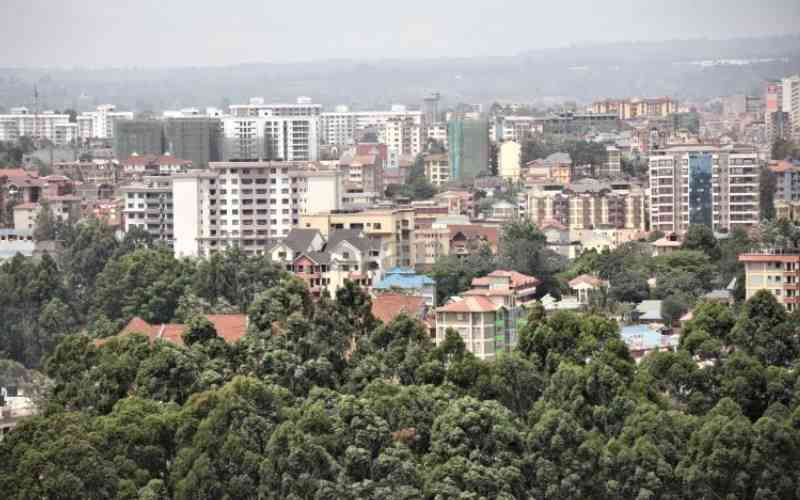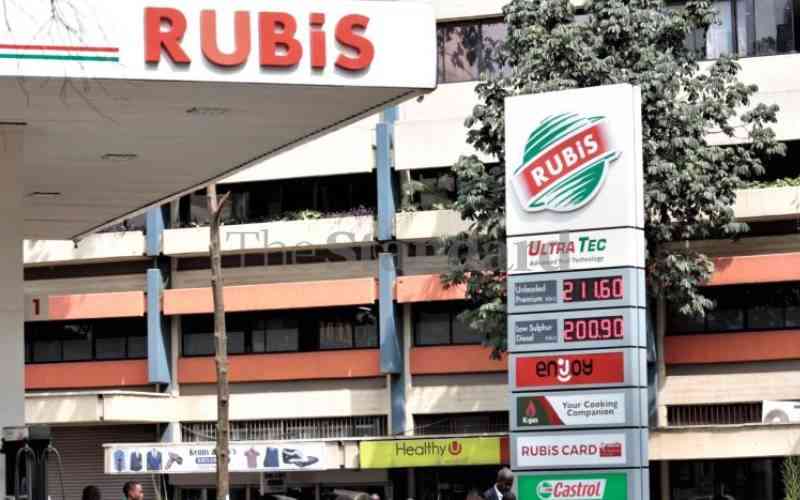By Philip Mwakio
Farmers at the Coast are turning to seaweed farming to turn around their fortunes. This is a shift from fishing, whose stocks have continued to dwindle over time.
The shrink is due to climatic changes and scarcity of availability natural resources. The move has seen a group of farmers take up the potentially lucrative seaweed farming.
The more than 60 farmers from a secluded village in Kenya’s South Coast now make a living from seaweed farming.
Experts estimate that seaweed farming could earn the country up to Sh40 million a year. This, they add, could help rejuvenate thousands of lives of the Coastal population that depends on fisheries.
Great potential
The Kenya Marine and Fisheries Research Institute (KMFRI) which has been spearheading research work in Seaweed farming says there is great potential in marine-based farming.
“The commercial viability of sea weed farming has largely exposed a market potential that could put us at par with Tanzania and Zanzibar,” said KMFRI Public Relations officer Mr Moses Munene said.
“The two countries have over the last two decades been supplying a global seaweed market with an annual value of now $5 billion (Sh435 billion).”
Model farms put up in a secluded fishing village of Kibuyuni in Shimoni, South Coast with a population of 2,000 people have slowly been eliciting interest from locals. This has seen them take up sea weed farming.
Additional sites that are earmarked for seaweed farming include Mkwiro within Wasini Island, Funzi and Gazi near Ukunda trading centre, Kwale County.
“Seaweed farming has been identified as a good prospect for social and economic development of coastal areas,” said KMFRI Programme Co-ordinator Betty Nyonje.
“It is aimed at diversifying livelihood opportunities for poor fishing communities whose source of income have been seriously put at risk by diminished capture fisheries.”
Extracts of dried seaweed are used as thickeners, food and in the global pharmaceutical and cosmetic industries.
Seaweed has also been used as an additive to soils, mainly in coastal areas.
used as fertliser
The wet or partly dried seaweed is easily transported to areas to be fertilised.
The high fibre content of the seaweed acts as a soil conditioner and the mineral content as a fertiliser.
Tima Mwalimu Jasho a member of Kibuyuni Seaweed Farming Project attributes her happiness to proceeds from farming and harvesting seaweed, which they sell to a foreign buyer.
“Since we started tending and growing seaweed, our lives have slowly changed for the better,’’ she said.
“As a housewife I am able to supplement what my husband brings home at the end of the day.”
Boost earnings
She says that from initial involvement in fish trade to seaweed farming, they are able to add another avenue to boost their earnings.
But she is quick to add that the price of Sh20 per kilo is little.
“A model farm has 15,000 seedlings,” explained Nyonje.
These are tied with strings on the seabed. From each model farm, one tonne of dry seaweed is harvested every six weeks, making eight to 10 harvests a year. A tonne of produce at current market rates sells for Sh12,000.
Zanque Aqua Farms of Zanzibar, is already buying from the local farmers, but the farmers could serve many more buyers on scaling up the production, say the researchers.
The seaweed is mainly exported to America, where demand has been rising.
Two strains of seaweed known as Kappaphycus alvarezi (cottonii) and Euchuma denticulatum (spinosum) arreavailable at the South Coast, and the market opportunity is currently strong.
China is the largest producer of edible seaweed, about five million tonnes. But the greater part of this is for local consumption, produced from hundreds of hectares of the high yielding variety that is also being grown at the Kenyan Coast.
Yearly harvests
Today, Japan and the Republic of Korea are the largest consumers of seaweed.
Their food requirements provide the basis of an industry that globally harvests six million tonnes of wet seaweed a year.
Munene said Kenya has to upscale production which currently is too low to attract major buyers or a factory for industrial production.
He noted seaweed species at the moment are the slow maturing with less value.
“There are other equally high value and fast maturing varieties in place that also fetch far much higher market prices but which have not been sanctioned for growing,” he said.
 The Standard Group Plc is a multi-media organization with investments in media
platforms spanning newspaper print operations, television, radio broadcasting,
digital and online services. The Standard Group is recognized as a leading
multi-media house in Kenya with a key influence in matters of national and
international interest.
The Standard Group Plc is a multi-media organization with investments in media
platforms spanning newspaper print operations, television, radio broadcasting,
digital and online services. The Standard Group is recognized as a leading
multi-media house in Kenya with a key influence in matters of national and
international interest.
 The Standard Group Plc is a multi-media organization with investments in media
platforms spanning newspaper print operations, television, radio broadcasting,
digital and online services. The Standard Group is recognized as a leading
multi-media house in Kenya with a key influence in matters of national and
international interest.
The Standard Group Plc is a multi-media organization with investments in media
platforms spanning newspaper print operations, television, radio broadcasting,
digital and online services. The Standard Group is recognized as a leading
multi-media house in Kenya with a key influence in matters of national and
international interest.









